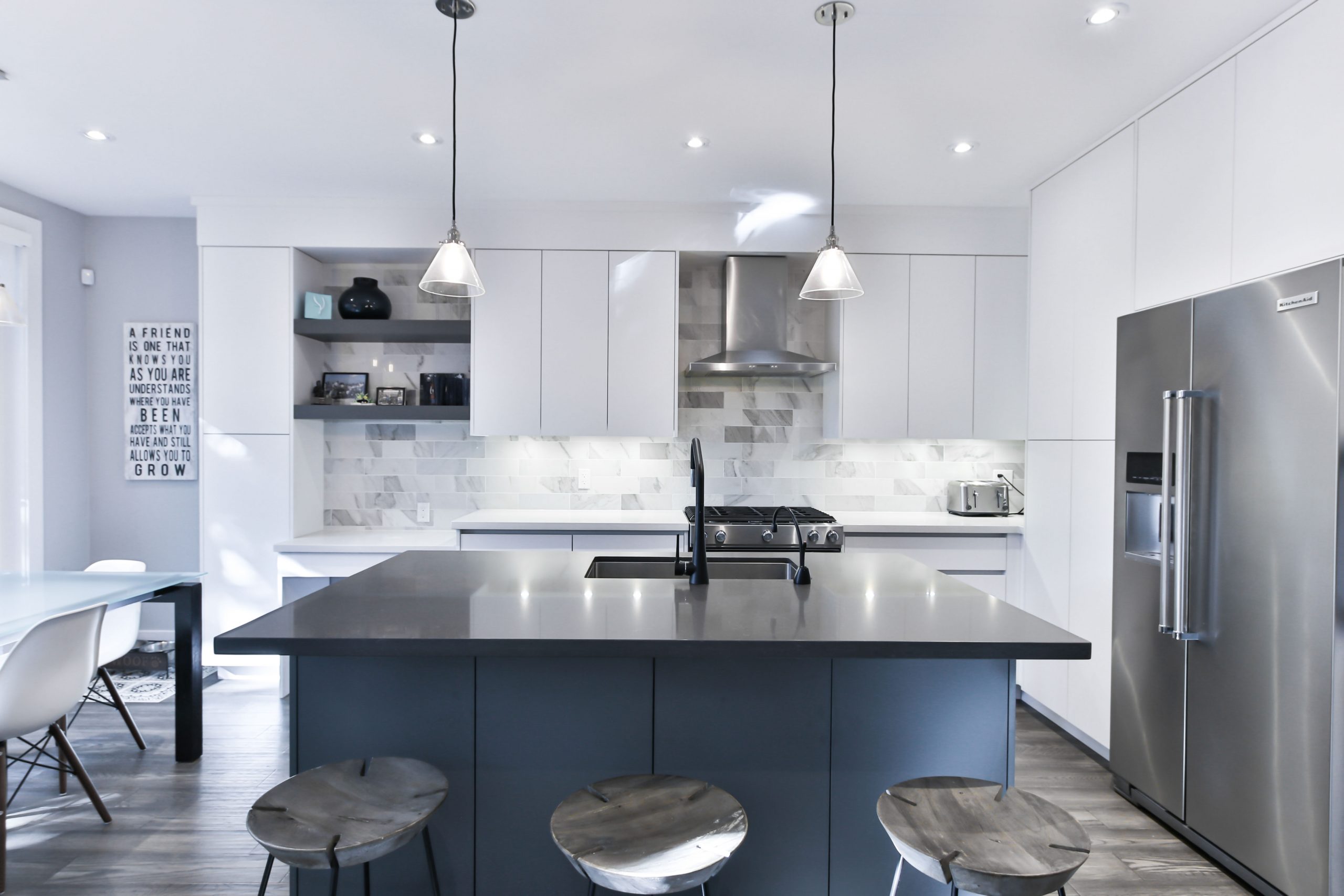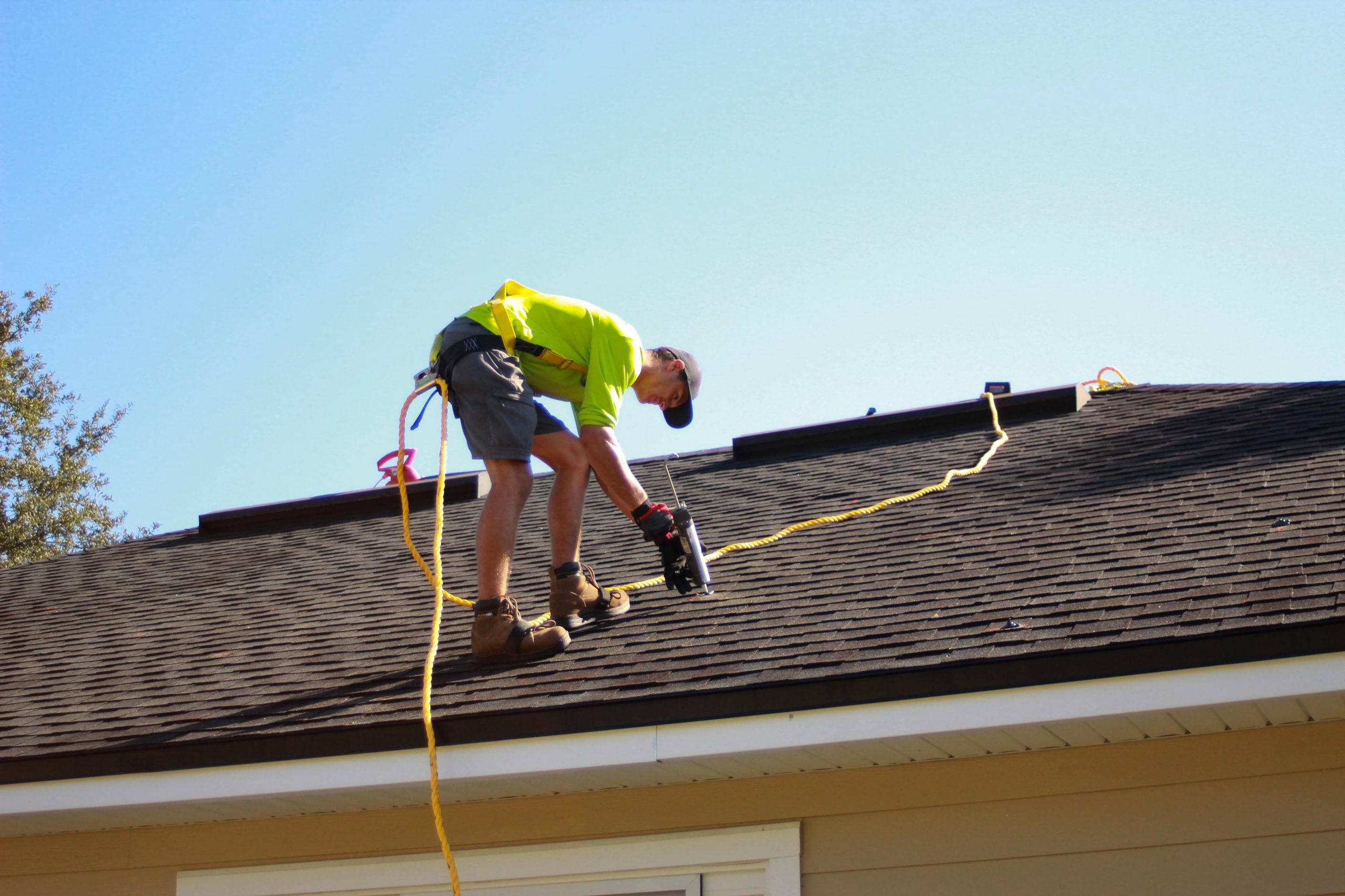Natural Elements in Interior Designs

Interior designers understand that people feel grounded and calm when surrounded by organic elements. Natural materials can add a touch of organic beauty and create a serene, refreshing atmosphere in your home.To bring a bit of outdoor magic into your living space, choose furnishings, surfaces and colors that echo nature’s beauty. Natural materials lend a sense of comfort and familiarity whether you prefer modern, rustic or minimalist style.Stone and brick are timeless, and interior designers keep these fresh by combining them with new colors, textures and shapes. Consider a stone or brick hearth if you prefer a classic look that projects warmth and coziness.Live plants are the ultimate natural decor choice. They lend color and vibrancy with the added benefit of cleaning the air you breathe. Try creating a living wall with moss or other plants for a serious oxygen boost and a literal twist to the idea of a “living” room.Warm up your space even more with wood flooring, furniture and accents. Find pieces and textures that coordinate with your decor — they can be as traditional or as modern as you like. Exposed beams, stained window frames and wall paneling can transform an ordinary room into a one-of-a-kind retreat. Personalize with wood accent pieces like artistic carvings or bowls.If you want to add character along with a nod to sustainability, try repurposing old wood or choose materials like bamboo and rattan. Versatile and stylish, these natural materials make great design choices for unique furnishings, durable flooring, elegant storage baskets, and chic decor.
Refresh or Remodel?

Would you like to refresh the look of your home quickly and affordably without the chaos of remodeling? You might be amazed at the dramatic impact small changes can make. So before committing to a costly remodel, consider these projects you can finish in a weekend or two.KitchenPaint or stain cabinets and replace hardware. Install pendant lighting above the island or breakfast bar.BathroomUpdate plumbing fixtures and add attractive shelving. Replace large mirrors with smaller, framed mirrors for an instant upgrade.Living RoomModernize your living space with fresh paint in a trending color. Add a stylish area rug to complement the new wall color.WindowsReplace dated window treatments with contemporary blinds or modern draperies. Make your ceiling appear taller by hanging curtain rods higher than your window frame.OutsidePaint your front door and replace old hardware. Clean patio furniture and replace cushions if needed. Add some large potted plants to your deck or patio.
Working With a Contractor

Home renovations often require the expertise of skilled workers. If you need professional help with your project, start with a qualified contractor. Here, we offer tips to help you navigate a client-contractor relationship.Define your project. Create a comprehensive project plan that outlines your goals, budget, timeline, and specific requirements. A well-defined plan helps ensure you and your contractor are on the same page.Sign a detailed contract. Your contract should include a detailed scope of work, payment terms, project timeline, and any other relevant details. Be sure to maintain a signed copy of the contract and put additional changes you want to make in writing.Communicate clearly. State your expectations, preferences and concerns throughout the process. As the project progresses, meet regularly for updates.Track change orders and costs. Alterations to your original plan are inevitable as your vision changes or unexpected issues arise. Keep a written record of all modifications and associated costs. Insist that your contractor provide change orders that both parties sign before initiating any work outside the original scope of the renovations.Get the proper approvals. Many home improvement projects, even small ones, require building permits. While it’s generally the contractor’s responsibility to pull the permits, it’s in the homeowner’s best interest to follow up with the contractor to ensure approvals are obtained. Before work begins, double-check that you have the required documentation. This extra vigilance can save you many headaches down the road.
©2023 The Personal Marketing Company. All rights reserved. Reproductions in any form, in part or in whole, are prohibited without written permission. If your property is currently listed for sale or lease, this is not intended as a solicitation of that listing. The material in this publication is for your information only and not intended to be used in lieu of seeking additional consumer or professional advice. All trademarked names or quotations are registered trademarks of their respective owners.
Keep Your Lawn Green With Less Water

Do you wish for a lush lawn without the high water bills? Fortunately, there are several ways to keep your grass fresh and green while conserving water.Choose Drought-Resistant GrassCertain types of grass stay green with less water. Consider reseeding with species like tall fescue or buffalo grass. Check with your local garden center for varieties that are best for your area.Use a Rain Barrel SystemStore rainwater by directing runoff from your gutter into a storage barrel. You can purchase an irrigation kit that attaches to the bottom of the barrel, then use the stored water when things get dry.Keep Your Grass TallerLonger grass can help lock in moisture, while short grass allows water to evaporate more easily. Keep your lawn mower deck between 3½ to 5 inches high to help conserve water and hold moisture in the soil. Be sure your mower blades are sharp.Resist the Urge To BagAn even layer of lawn clippings helps maintain moisture and provides a source of nutrients to keep your lawn green and healthy.
Putting in a Pool? Consider the Facts

Is your heart set on a backyard pool where friends and family drift around in floating chairs while soaking up the sun? Before you dive in, consider the costs versus the long-term value of such a major investment.Depending on size, design and location, the average price of an in-ground pool can range from $35,000 to $65,000. Most insurance companies and/or local municipal codes require a specific type of fence, so be sure this cost is included in your budget.Aside from their upfront investment, pool owners may spend up to $4,000 per year on water, heating, chemicals, and maintenance.Consider these additional variables as you weigh the pros and cons of building a pool.ValueThe addition of an in-ground pool may or may not increase the property value of a home. According to the National Association of Realtors®, the average homeowner will see about a 56% return on investment (ROI) at resale.RegionROI is far better in climates where you can use a pool year-round. If you live in a community where a pool is an expected amenity, you may recover more of the initial expense. But it’s important to remember some buyers consider a pool a liability.SettingPools that don’t monopolize an entire backyard are more desirable to potential buyers, so try not to sacrifice too much of your green space. Pay close attention to local codes and restrictions, as many communities have specific guidelines for a pool’s location in relation to property lines.If you decide that the lifestyle benefits of a backyard pool outweigh the financial impact, jump in — the water’s fine!
Home sales declined but so did listings, so Twin Cities buyers still pay above asking

During April, the median price of all closings was $367,500, a nearly 4% increase from the previous month but a 0.7% decline compared with last year.
Home prices in the Twin Cities last month marked their first annual decline in more than a decade, but with house listings also on the decline, sellers still nabbed their asking price or more.
During April, the median price of all closings was $367,500, a nearly 4% increase from the previous month but a 0.7% decline compared with last year, according to a monthly report from the Minneapolis Area Realtors.
“Homeowners sometimes panic when prices soften while buyers often rejoice,” said Jerry Moscowitz, president of Minneapolis Area Realtors, in a statement. “But it’s important to remember that it simply reflects the cross-section of homes selling and doesn’t necessarily affect your home’s value.”
During April, sellers listed 5,170 properties, nearly 30% fewer than last year. That caused the total number of homes for sale to post a 4.5% annual decline. With far fewer new houses hitting the market than last year, buyers are acting fast. On average, houses sold in 45 days, more than twice as slow as last year but far quicker than normal.
At the current sale pace, there were enough houses for sale to last 1.5 months. The market is considered evenly balanced between buyers and sellers where there’s a four- to six-month supply of listings. Statewide, the trends were similar. Pending sales were down 29%, and new listings were down nearly as much, according to a separate report the Minnesota Realtors released. That report, which includes every region of the state, showed the median price of all closings during the month was $335,000, a 1.5% decline from last year.
At the end of month, the total number of listings still on the market was up only 1%, slightly less than the metro average, according to the state association. The biggest decline in closings was in the Arrowhead region, where sales were down 43% compared to last year. Closings were down the least in the middle of the state in the North Central region, which saw a decline of just 21%.


 Facebook
Facebook
 Twitter
Twitter
 Pinterest
Pinterest
 Copy Link
Copy Link



